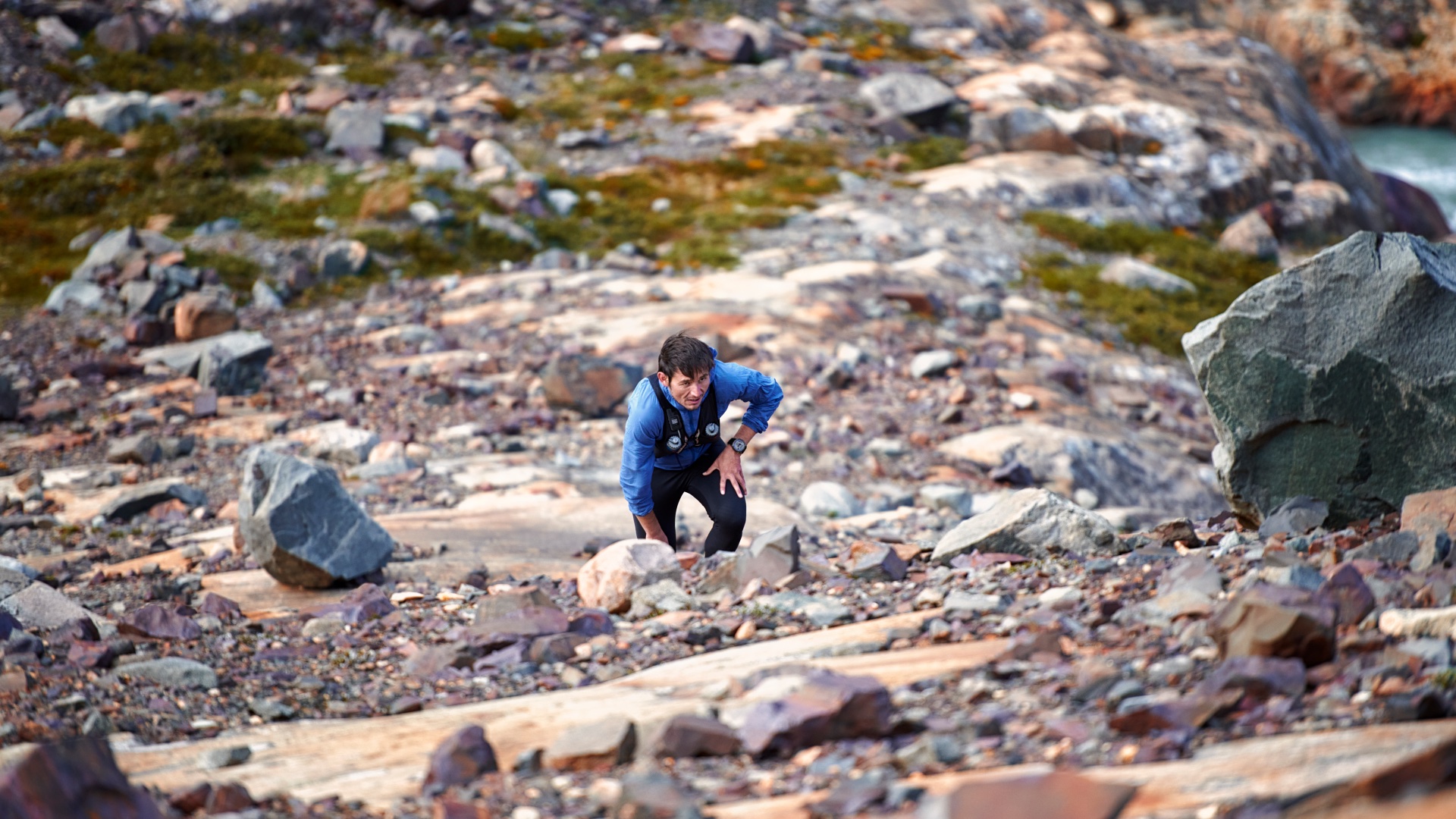What are Garmin's NextFork and Grade-adjusted Pace features?
Here is how the new Garmin Enduro 2 features work


There are tons of new Garmin Enduro 2 features to analyse, much to my delight, but the ones I’ll be dissecting here are the grade-adjusted pace (GAP) and NextFork, two metrics/modes currently exclusive to the Enduro 2. I'm sure Garmin will roll out these features to other Garmin watches eventually, so it's best everyone starts getting familiar with them early. If you're keen on trying these features asap, consider investing your money in the best Garmin watch for outdoor activities right now, the Enduro 2.
Not surprisingly, both features are aimed at trail runners; after all, the Enduro 2 was designed for ultra trail runners and their needs, so it only makes sense to offer more features that benefit this, admittedly very niche group. That said, when I reached out to Garmin to clarify some of the questions I had about the new metrics, I was glad to hear that NextFork can be used for any outdoor running, cycling, hiking and walking activities, while GAP is available in outdoor running, walking and hiking modes. Hurray!
What are NextFork and Grade-adjusted Pace?
I must confess that I was initially more interested in NextFork than GAP, so I’ll start with this feature. When activated, NextFork embeds the trail names and remaining distance on the map screen, so you’ll be aware of upcoming ‘forks’ on your route. This is very cool, as the watch can now predict your path and forecast intersections, which was only available in pre-loaded routes previously.
Grade-adjusted pace uses different types of mapping, which includes elevation data, enabling the watch to ‘see’ what gradient you’re running up. This data is then interpreted by an algorithm that reverse-engineers it to show you what pace would be on a flat surface. Another impressive tool that helps people understand their efforts better, which can e especially beneficial for less experienced runners.

You'd definitely want to adjust the pace on this gradient...
NextFork and Grade-adjusted Pace – Are they useful?
After learning about the new features, I couldn’t wait to try them, so I headed out for a run as soon as possible after work. I live in a hilly area, which is usually a real pain, but it comes in handy when I have to test grade-related multipart watch features. I was relieved that NextFork and GAP don’t need to be turned on separately – back in the day, you had to turn on 3D Speed on the Enduro – so as long as you select one of the supported workout modes, the watch will automatically add the extra data screens.
After giving both features a few tries, my initial verdict is that GAP is fantastic, but NextFork is a bit lacklustre. GAP really helps put my efforts into perspective and will be especially useful for runners living in non-flat areas. It’s easy to overwork your legs by trying to run at a certain pace no matter the gradient, but by using GAP, you’ll be able to adjust your speed according to your environment.

Where's the next fork?
On the other hand, NextFork is a glorified traffic sign in its current state. Don’t get me wrong; I find it fascinating that the Enduro 2 can predict paths now and let me know about upcoming intersections. However, neither the design nor the functionality is there yet for this feature to be helpful. Information about the forthcoming intersection is overlaid on the map at the bottom, making it hard to read when you run. Plus, the lines ‘A4098’ and ‘100 yards’ don’t say anything to me.
Get all the latest news, reviews, deals and buying guides on gorgeous tech, home and active products from the T3 experts
It might sound that way, but I’m not entirely disappointed in NextFork. It’s a promising feature and one that can be made better via software updates, something Garmin is keen on sending to its watches. For now, though, I’ll be sticking with Grade-adjusted Pace and all the other features readily available on the Enduro 2 to elevate my running training to the next level.

Matt Kollat is a journalist and content creator who works for T3.com and its magazine counterpart as an Active Editor. His areas of expertise include wearables, drones, fitness equipment, nutrition and outdoor gear. He joined T3 in 2019. His byline appears in several publications, including Techradar and Fit&Well, and more. Matt also collaborated with other content creators (e.g. Garage Gym Reviews) and judged many awards, such as the European Specialist Sports Nutrition Alliance's ESSNawards. When he isn't working out, running or cycling, you'll find him roaming the countryside and trying out new podcasting and content creation equipment.